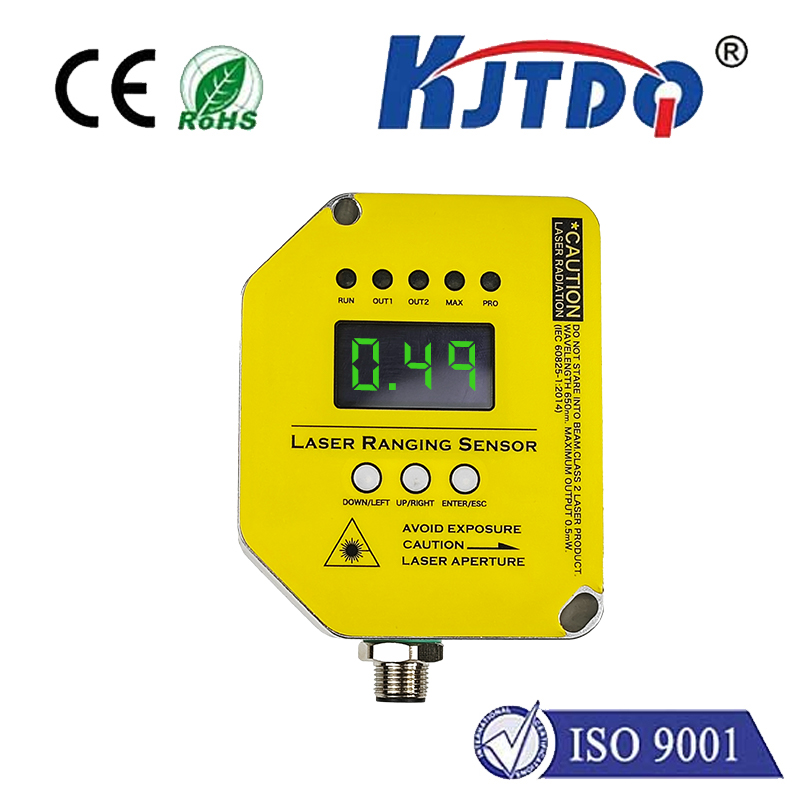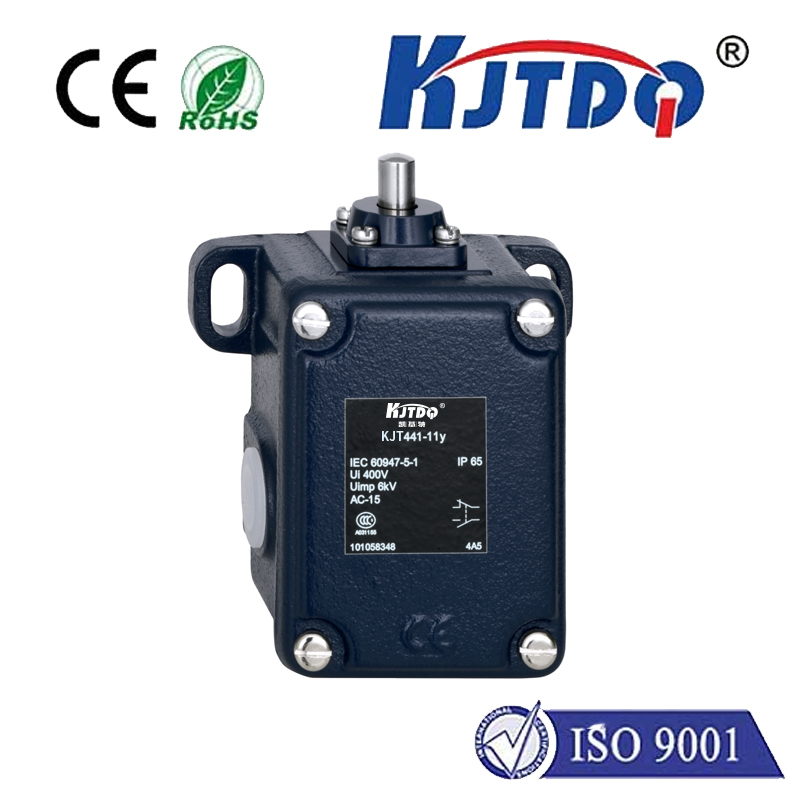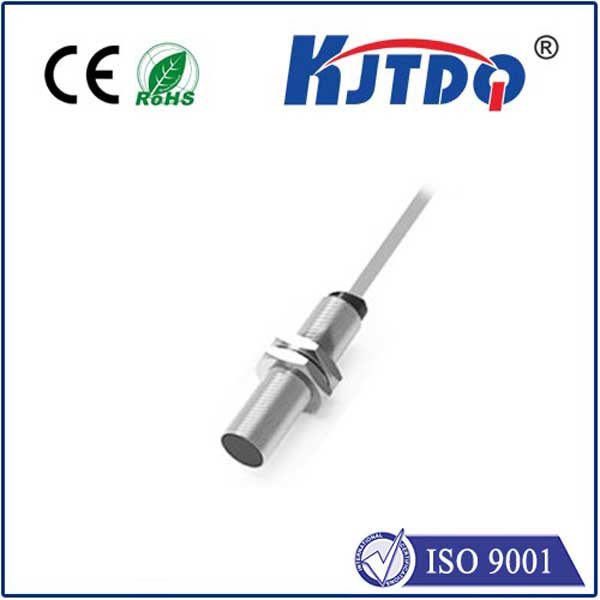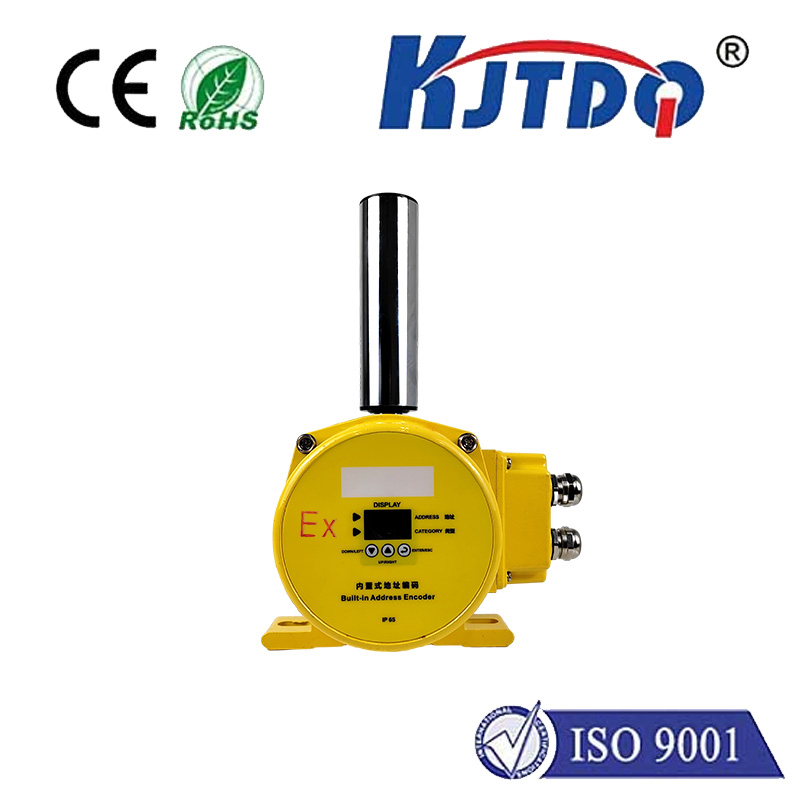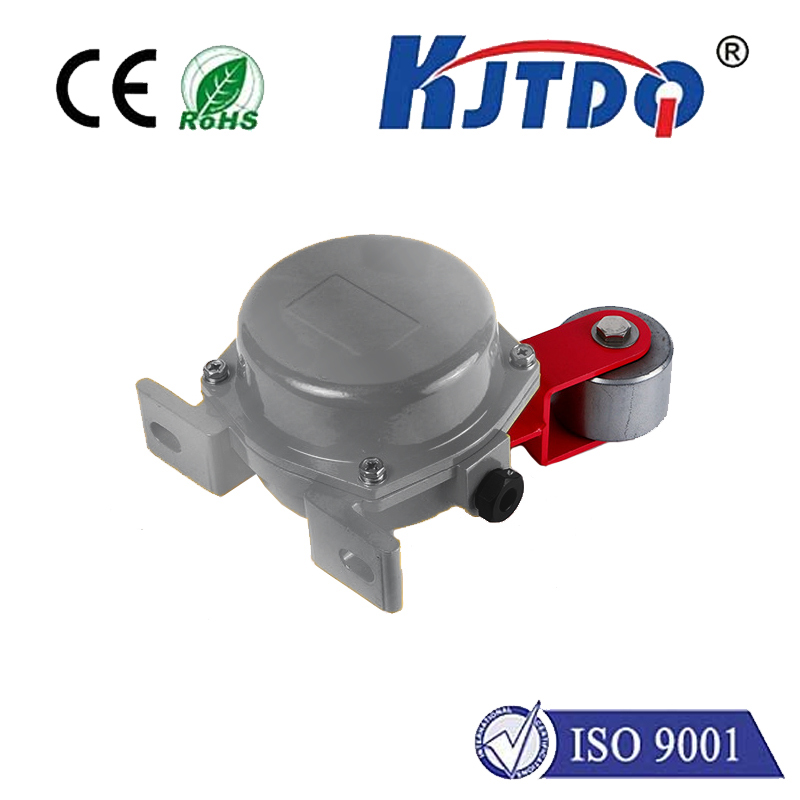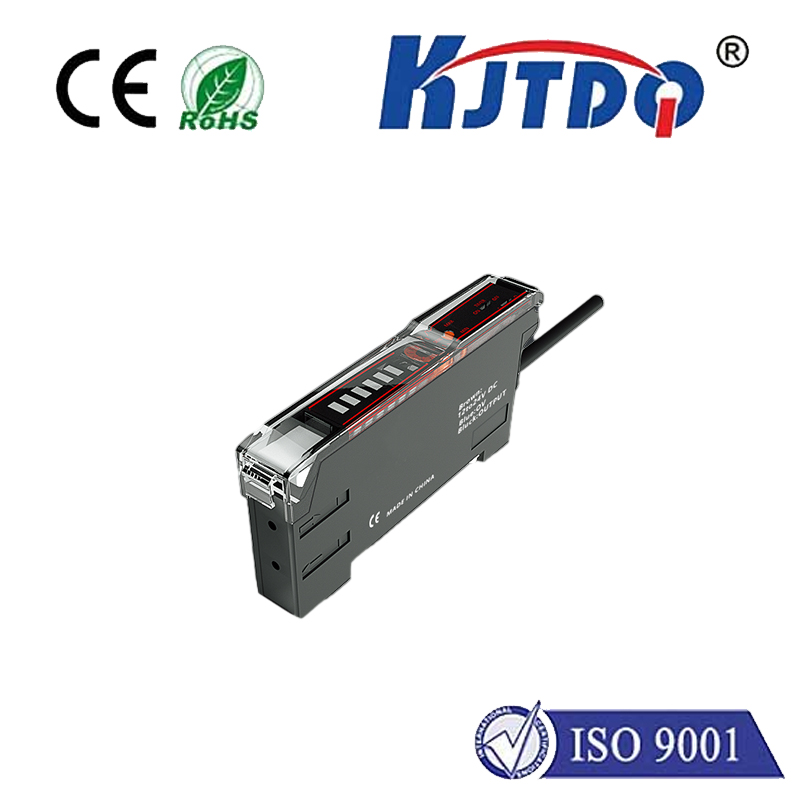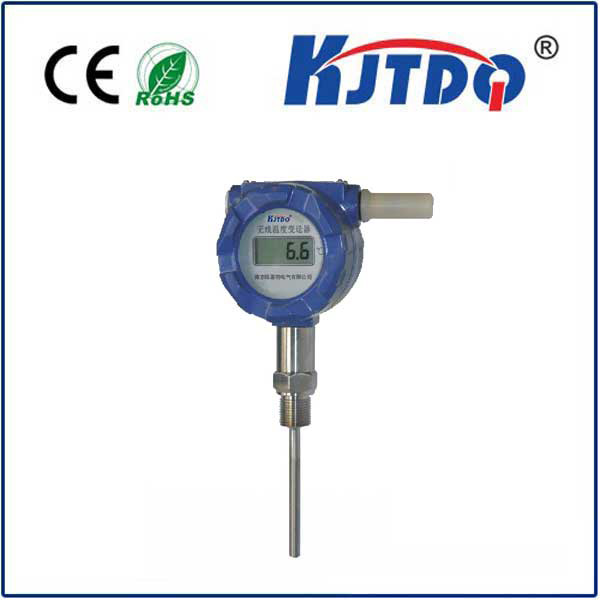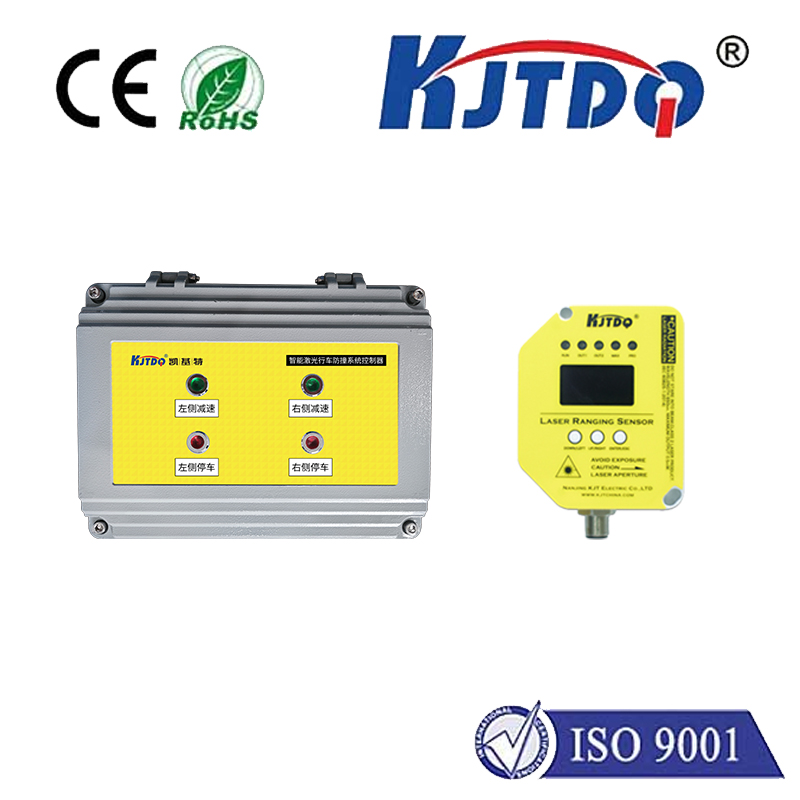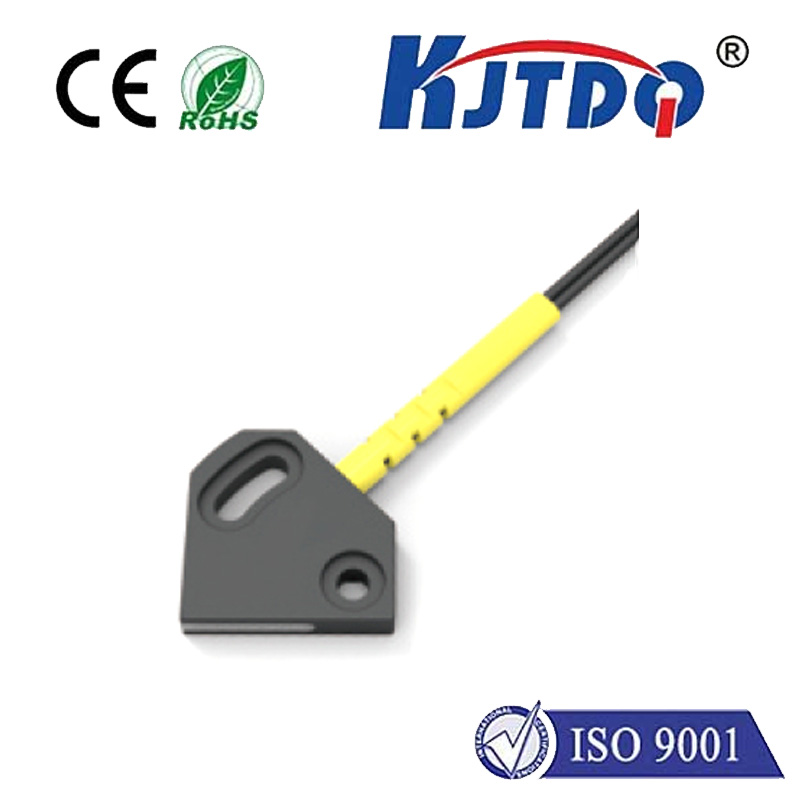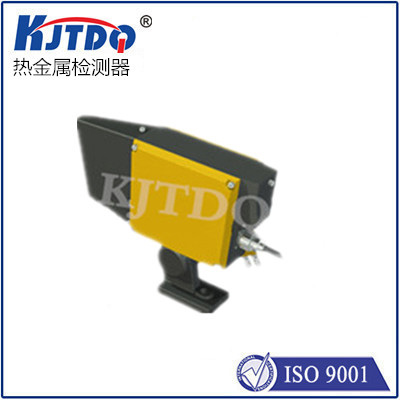

check

check

check

check

check

check

check

check

check

check
Title: Understanding Contact Limit Switches and Their Importance in Industrial Automation
In the realm of industrial automation, contact limit switches play a crucial role in ensuring the safety and efficiency of various systems. These switches, often referred to as contact sensors or pressure switches, are designed to detect the presence or absence of a physical contact between two surfaces. In this article, we will delve into the working principle and significance of contact limit switches in industrial automation.
1. Working Principle: A Closer Look
A contact limit switch consists of a movable contact and a non-movable contact, separated by a space that can be adjusted to set the threshold for activation. When the movable contact comes into contact with the non-movable contact at or below a certain pressure, the switch is triggered and sends a signal to an actuator or control system. The pressure at which the contact is contacted can be easily adjusted, allowing for precise control over the switching action.
2. Types and Applications
Contact limit switches can be broadly classified into two types: single-contact and double-contact. Single-contact switches have only one moving contacts and are typically used for simple applications where precise detection of contact is required. Double-contact switches, on the other hand, have two moving contacts and can accommodate different types of surfaces, making them suitable for more complex scenarios.
Contact limit switches have numerous applications in industrial automation, including:
a) Motion Control: They are commonly used in motor control systems to prevent overspeeding or underspeeding of motors.
b) Load Control: In load-bearing systems like conveyor belts and cranes, contact limit switches help ensure safe operation by detecting when loads exceed their designed capacity.
c) Position Control: In manufacturing processes like robotics, contact limit switches are used to provide feedback on the position of the robot's end effector and enable accurate positioning of tools and parts.
d) Flow Control: In fluid power systems, contact limit switches are employed to monitor the flow rate of liquids or gases and maintain optimal performance of pumps, valves, and other components.
e) Safety Systems: Contact limit switches are essential components of safety systems in hazardous environments like chemical plants and nuclear power plants, where they help detect hazardous conditions and prevent equipment accidents.
3. Advantages and Disadvantages
The benefits of using contact limit switches in industrial automation include:
a) Precise Detection: Their ability to detect physical contact at specific pressures makes them highly accurate and reliable.
b) Easy Adjustment: The ability to adjust the pressure threshold allows for precise control over the switching action, making them suitable for a wide range of application scenarios.
c) Compact Design: Contact limit switches are typically small and lightweight, making them suitable for installation in tight spaces and reducing overall system size and weight.
However, there are also some potential disadvantages to consider:
a) Maintenance Requirements: Contact limit switches may require periodic cleaning and maintenance to ensure proper function and prolong lifespan.
b) Noise Levels: Depending on their design and operating conditions, contact limit switches may produce some noise during operation, which could be a concern in certain environments or applications.
In conclusion, understanding the working principle and applications of contact limit switches is essential for optimizing performance and ensuring safety in industrial automation systems. By selecting appropriate types based on specific requirements and considering potential advantages and disadvantages, engineers can design efficient and reliable control solutions that meet the demanding needs of modern industry.
